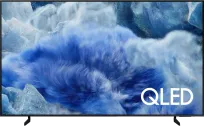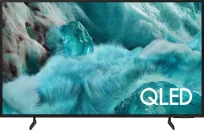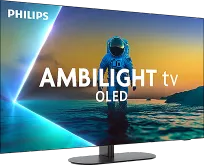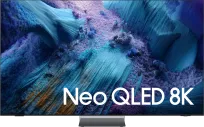
The war for dominance in the OLED television market has just gained new momentum. In May 2025, news emerged that Samsung had for the first time dethroned LG as the leader in the OLED TV market in North America. It seemed that after years of LG's dominance, it was giving way to its rival across the border. But... LG says: hold on a moment.
“Not so fast” – LG responds
Just a few weeks after Samsung announced its success, LG issued its own press release, clearly stating: we are still selling every second OLED TV in the USA and Canada. The company cites data from the research agency Circana, which is said to confirm that in the first quarter of 2025, as much as 51% of sold OLEDs in North America are LG products. This means that LG has not only not been dethroned, but still controls half of the market – at least in terms of the number of devices sold.
Who is right? It all depends… how to count
Samsung, on the other hand, refers to data from the renowned company Omdia – and this indeed shows the advantage of the Korean giant. But in a different category: share of revenue, not the number of units sold. In this comparison, Samsung secures a 50.3% share, while LG only has 34.5%. So the picture is clear: Samsung sells more expensive models, often larger and more technologically advanced, whereas LG still dominates in terms of the number of devices sold – although these may also include more affordable models like the B or C series.
The consumer wins here
Setting aside the battle over data and percentages, one thing is certain – competition is working in favour of buyers. Since Samsung entered the OLED market in 2022, the segment has begun to develop dynamically. Today, Samsung already offers three lines of OLEDs, including models with WOLED panels, a technology developed by… LG Display. This arms race between manufacturers has resulted in the prices of large OLED TVs – 77 and 83 inches – starting to fall, and their availability increasing every year. Moreover, even companies like TCL, which have not previously offered OLEDs, are increasingly considering entering this market. Rumours speak of tests with inkjet-printed RGB OLED technology.
According to UBI Research data, global sales of OLED televisions are expected to rise from around 6 million units in 2024 to nearly 10 million by 2028. North America remains the largest and most important market – and it is there that the most interesting battle is taking place. Whether it's Samsung or LG – in the end, it is we, the consumers, who emerge victorious from this war. Because with each new release, we get more for less, and the quality of the picture in our living rooms is reaching levels that we could only dream of a few years ago!
 Katarzyna Petru
Katarzyna Petru













